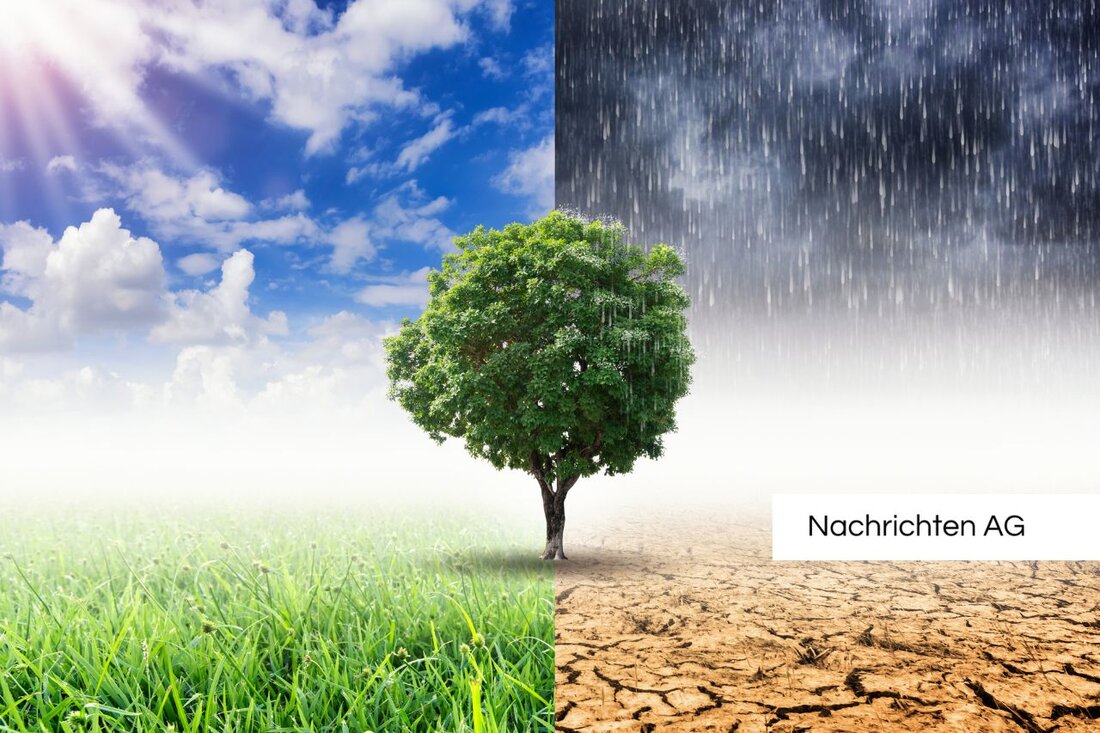Climate summit in Belém: Protests for quick action and binding solutions!
At the UN climate summit in Belém, Brazil, Greenpeace called for more commitment to a binding 1.5 degree plan and criticized the standstill.

Climate summit in Belém: Protests for quick action and binding solutions!
The UN climate summit in Belém, Brazil, is drawing mixed conclusions after the first week, as Greenpeace notes in its latest reports. The conference will take place from November 10 to 21, 2025 and has the theme “Mutirão”, a Brazilian concept of collective effort. However, amid growing concerns about climate change, progress in negotiations has fallen short of expectations. Civil society groups and indigenous communities are protesting vigorously for more decisive measures in climate and forest protection.
While Greenpeace welcomes the establishment of a new tropical forest fund, there is considerable criticism of the voluntary nature of payments into this fund. “We demand clear and fair commitments to combat deforestation,” said climate expert Jasmin Duregger from Greenpeace Austria, who is on site. A fundamental turnaround in climate and forest protection is necessary to effectively meet the challenges of global warming, reports OTS.
Protests shape the image of the summit
The protests, in which numerous indigenous peoples and NGOs are involved, are intended to illustrate the dramatic effects of climate change on the Amazon region. The Amazon is not only a center of biodiversity, but also an important CO2 sink. These protests, including a boat demonstration with over 200 participating ships, underline the urgency of the demands for comprehensive climate and forest protection and a firm commitment to the 1.5 degree target.
Austria's Climate Minister Norbert Totschnig is expected in Belém in the second week of negotiations. Greenpeace has sharply criticized Totschnig for cuts in international climate financing and the lack of commitments to the tropical forest fund. Totschnig's approach to the EU deforestation regulation is perceived as a blockade that endangers global forest protection and biodiversity. Duregger emphasizes that Totschnig has not yet lived up to its responsibilities and should demand significant measures to protect people.
A look at the World Climate Conference
The current COP30 focuses on key issues such as forest protection and the protection of biodiversity. At this conference, the national climate contributions (NDCs) of all states, which are updated every five years, must be reviewed again. As of the end of September 2025, only 64 states have submitted new NDCs and it is estimated that current policies would result in a temperature increase of 2.8°C by the end of the century. To achieve the 1.5 degree target, drastic emissions cuts of 60% by 2035 are required.
One goal of COP30 is to establish binding agreements that ensure global warming is limited to below 2 degrees. Meanwhile, funding for climate action is critical. To adequately support developing countries, the conference is targeting $300 billion in climate finance per year by 2035. Climate adaptation measures and social justice programs are also on the agenda to ensure equitable implementation of climate action. The Federal Environment Agency actively supports these efforts and is participating in negotiations to find sustainable solutions, as reported by the Federal Environment Agency explained.

 Suche
Suche
 Mein Konto
Mein Konto
